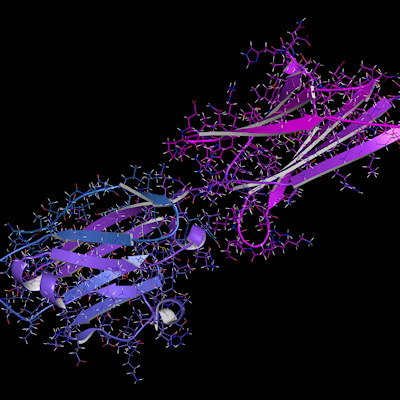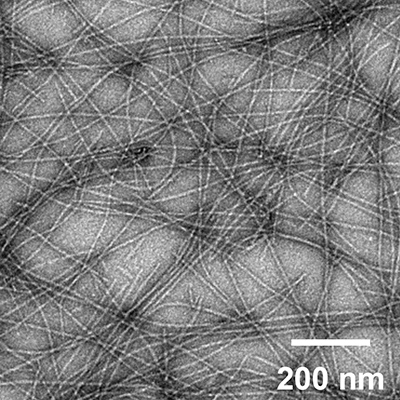November 7, 2022 -- Using specially bred mice, Rutgers University researchers have differentiated the functions of two types of immune cells -- known as tissue-resident memory (Trm) T cells -- that protect against infection and cancer, with the potential to improve vaccine efficacy as well as combat autoimmune diseases.
While Trm cells protect against secondary infection, their heterogeneity in specific tissues is underdefined, the Rutgers research team noted in a November 4 study published in the journal Science Immunology. Although previous research has identified distinct subtypes of Trm cells and differentiated them largely by their expression of two specific proteins, CD103 and CD69, the functional differences between the Trm subtypes were unclear, they said.
"Single-cell sequencing has been used to understand the heterogeneity in the intestinal Trm compartment after infection and uncovered several populations of cells that, while relatively uniform in their expression of CD103 and CD69, differ in their TRM differentiation, effector functions, and memory potential," the study's authors wrote.
The researchers generated mice that enabled them to fate map CD103+ TRM cells after primary infection with a common bacterial infection --Yersinia pseudotuberculosis (Yptb) -- and to follow location and functionality during secondary infection. In turn, this technique allowed the team to differentiate the response of the CD103+ cells to reinfection from that of CD103- Trm cells.
What they found was that CD103+ cells didn't multiply after reinfection or attack the invaders directly. Rather, the CD103- cells multiplied upon reinfection and attacked the bacteria.
"What we saw was essentially a division of labor between these two distinct cells, but the CD103- Trm cells played a more important role," senior author Tessa Bergsbaken, PhD, an assistant professor at Rutgers New Jersey Medical School, said in a statement. "Generating a higher number of these CD103- Trm cells during the initial infection or vaccination would likely result in better protection from a subsequent infection."
Bergsbaken made the case that "understanding what each Trm cell type does allow us to formulate vaccines that generate the most effective type of Trm cell to combat a given infection, and our previous work suggests we can modify vaccines to shift the balance of these two cell types."
At the same time, Bergsbaken added that Trm cells "are not always beneficial," as some autoimmune disorders are driven by these immune cells. "We think what we've learned will also help us discover how these cells can turn against us."
Copyright © 2022 scienceboard.net









